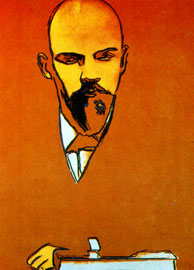Music in Finland
As a lover of opera and all things Finnish, I’m surprised and thrilled by today’s post on ionarts “Music in Finland”. Charles Downey writes about how active opera is in Finland today as well as its history: “It took the Finns a while to create their own national opera”, but now “Finland is probably the leading country for the production of new operas”.
I’m pleased also at the mention of Karita Mattila, a wonderful singer and actress, whom we were very fortunate to see in concert here in Vancouver about a year ago.
Charles Downey teaches music and art history in Washington, DC and his blog reflects his excellent knowledge and passionate interest in these subjects. My own music knowledge is spotty so there is a wealth of information here that I will be poring over.
Virtual Finland**, by the way, is an excellent site on everything about Finland, that I go back to frequently and have linked to before in certain posts.
PS. Note my comment on the Finnish language as being Finno-Ugrian not Magyar. See these pages in Virtual Finland**
** Virtual Finland sadly no longer exists and links have been removed.
.jpg)
.jpg)
.jpg)
.jpg)
.jpg)
.jpg)
.jpg)
.jpg)

